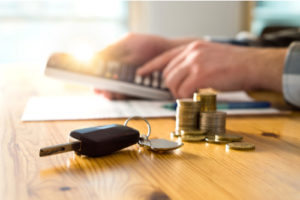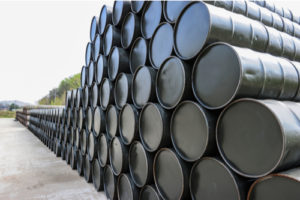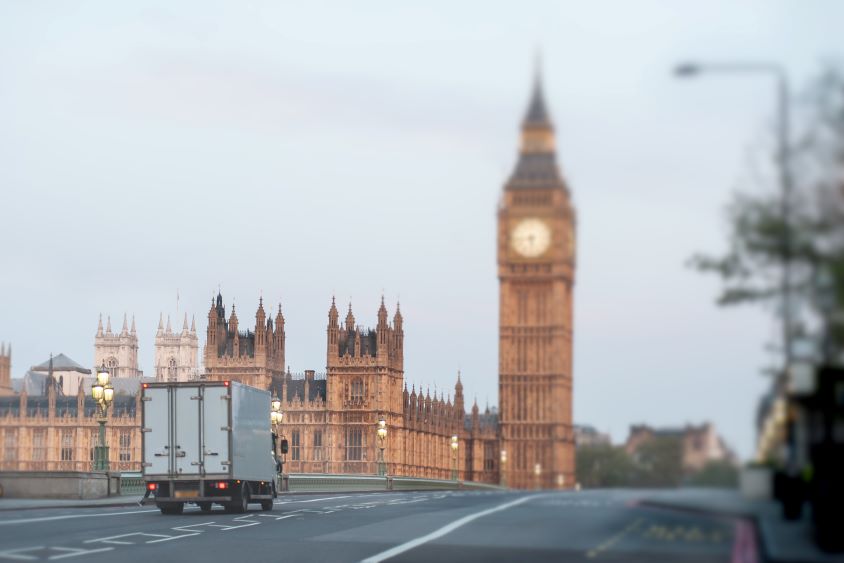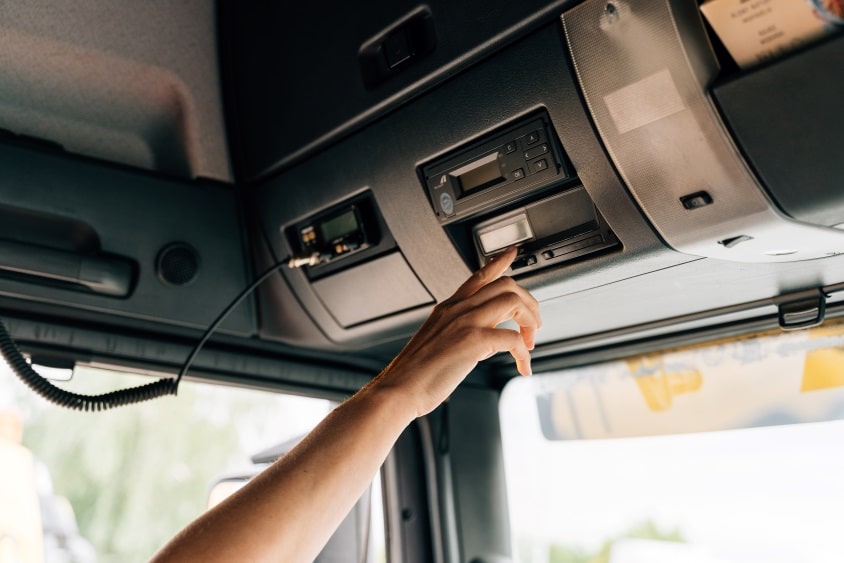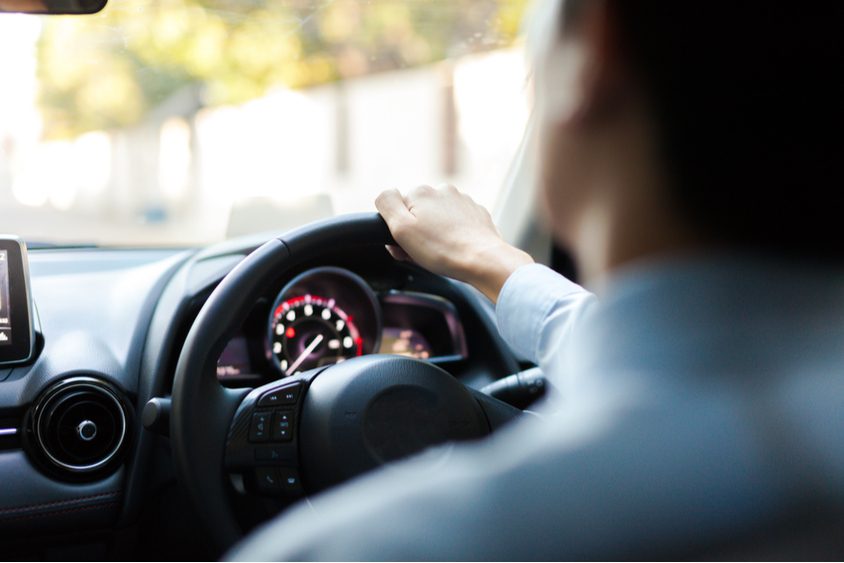Why are petrol prices so high?
Written by: Simon Pavey, Last updated:24th February 2023
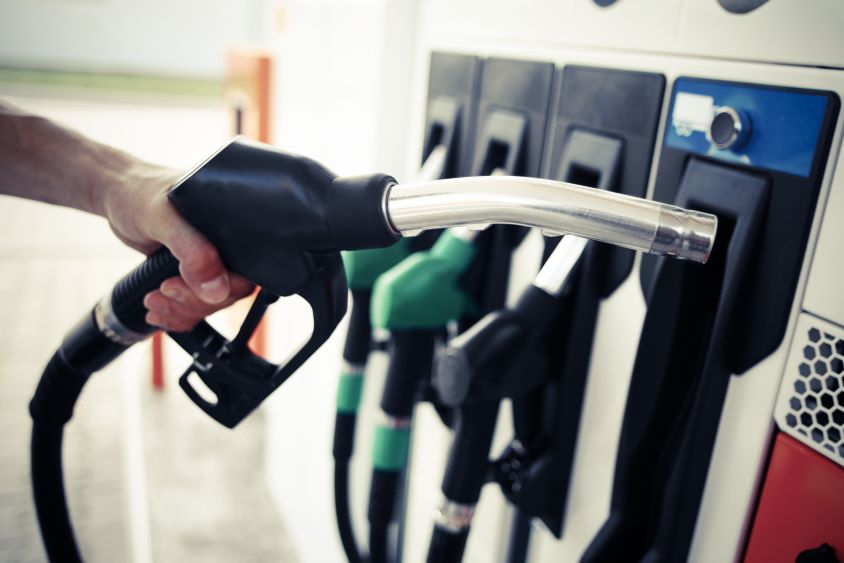
We’ve all been there. You go to fill up your car, see the price at the pumps and think to yourself, ‘how much?’ Fuel pricing is a complex equation that’s made up of many moving parts, so it’s understandable if UK fuel prices are a bit of a mystery to some.
At Fuel Card Services, we’re all about transparency. As such, we’re keen to explain just what goes into setting the price for petrol and diesel in the UK. Read on to find out exactly what makes up the price you pay per litre.
What impacts UK fuel prices?
Fuel pricing in the UK is made up of three predominant factors. These are:
- Combined wholesale cost, distribution cost and retail margin.
- Fuel duty owed to the government.
- VAT.
Wholesale, distribution, and retail margins determine the cost of purchasing petrol for a retailer, while costs involved in shipping and storage of the fuel (getting it to individual sites) and the actual margin (profit) on each litre.
UK fuel prices also track closely to the price of Brent Crude oil as traded on global markets. These markets are regulated by the Financial Conduct Authority in the UK.
The impact of oil on fuel prices
Figures from the RAC Foundation show that UK petrol prices remain lower than the ten-year rolling average. This is due to a number of underlying factors. A drastic fall in Brent crude oil prices was seen at the start of 2020. It came in the wake of oversupply by the Organization of the Petroleum Exporting Countries (Opec) and a price war between Russia and Saudi Arabia.
While this pushed down the price of crude oil per barrel, the impact of the coronavirus pandemic served to push up distribution and retail costs. As a result, petrol and diesel prices remain lower than average, but are not tracking as closely to oil markets as they used to.
Russia’s invasion of Ukraine in early 2022 saw the cost of crude oil, already inflated from the global pandemic recovery, shoot up. With Russia as one of the biggest producers of natural gases and oil, this had knock on effects particularly in European countries, Russia’s main market. As the European Union cut its import of Russian oil by two-thirds, costs of fuel reflected a new scarcity.
So, who’s responsible for setting fuel prices?
Ultimately, there is no single body that sets the price of fuel in the UK. It’s up to individual retailers to make that decision based on the level of margin they want to receive and the other factors we’ve previously listed. Pump prices can therefore change on a daily basis.
Fluctuation in the price of oil will have an impact on the amount we all pay at the pumps, as will any changes in duty or VAT. That said, it is up to each retailer to decide if they want to pass on any cost increases or decreases to the end consumer.
Will petrol still be available after 2040?
The UK is set to stop the sale of new petrol and diesel vehicles at the end of the decade as part of the Government’s efforts to move the country towards NetZero 2050. The sale of new combustion engines drawing to a halt will not have an impact on the sale of petrol and diesel, and with many drivers still using petrol and diesel engines its unlikely that these fuel types will be removed from the market before 2040.
What will happen to petrol cars after 2035?
With the 2030 ban in place, new combustion engines will no longer be legally sold but the sale of these vehicles second hand will continue for the foreseeable future. What the ban on new combustion engines aims to achieve is to encourage the uptake of electric and hybrid vehicles; creating a steady move towards newer, green models for travel.
As time passes and existing combustion engine vehicles age, we will likely see more EVs on the road, reducing our need for petrol and diesel. With cars having an average lifespan of around 13 years, we can expect to see the number of petrol and diesel vehicles deplete in the decades after the ban comes in.
How to find the cheapest fuel
So, what does this all mean for motorists? Finding the cheapest fuel should be a priority; why spend more when you don’t have to? As a result, we aim to make it easy for our customers to get the best deals – which are then passed on to fleets and employees using company cars.
One way to find cheaper fuel is to take out an account with Fuel Card Services. Our fuel cards can deliver up to 10p per litre off the price at the pump for cardholders. At the same time, we offer vehicle and asset tracking through our Tele-Gence service. We also provide accurate reporting of your mileage expenses – both are essential tools that can help to cut costs for fleet drivers.
Searching out the best deals is not always easy, though. Find the nearest place to fill up by registering for our Pump Locator service, available through our free Drivers Club mobile app.
You can find out more about the wide selection of fuel cards we have to offer – including all the biggest names, such as BP, Esso and Shell. Use our handy guide to compare fuel cards to determine the product that’s right for you and enjoy cheaper fuel today.
back

